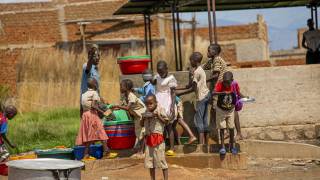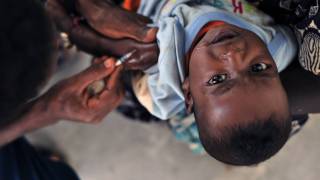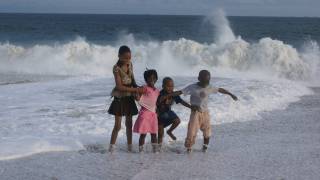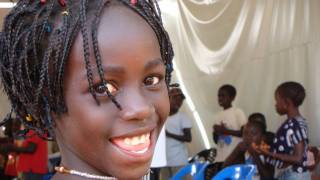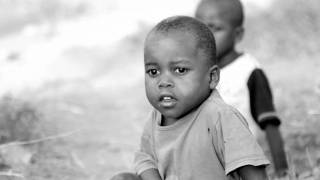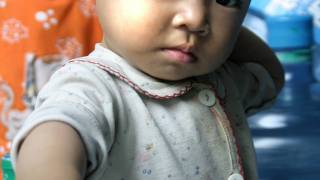Global Immunization Coverage of Children Can Improve

Without a doubt, immunization is a building block of strong primary healthcare at the beginning of life, said the World Health Organization (WHO).
The WHO reported more children are being immunized worldwide than ever before.
But, the percentage of the world’s children who receive recommended vaccines has remained the same over the past few years.
The WHO says it is crucial that countries ensure all children have access to vaccination and complete their vaccination series with all recommended vaccines.
However, if universal immunization coverage is to be realized, an estimated 20 million additional children need to be vaccinated with diphtheria-tetanus-pertussis (DTP3).
Since 2015, the percentage of children who received their full course of 3 dose diphtheria-tetanus-pertussis (DTP3) routine immunizations is sustained at 85% (116.2 million infants).
Although global immunization coverage with DTP3 remains at 85%, it is important to highlight that an additional 4.6 million infants have been vaccinated globally in 2017 compared to 2010, due to global population growth.
Similarly, it is also important to note that although DTP3 coverage in the African region remains at 72% since 2010, the regional target population growth meant to sustain the same coverage level, about 3.2 million more infants had to be vaccinated in 2017.
Of the 19.9 million infants who are not fully vaccinated with DTP3, almost 8 million (40%) live in fragile or humanitarian settings, including countries affected by conflict.
And about 5.6 million of them live in just three countries – Afghanistan, Nigeria and Pakistan.
In 2017, ten countries had DTP3 below 50%: Angola, Central African Republic, Chad, Equatorial Guinea, Guinea, Nigeria, Somalia, South Sudan, Syrian Arab Republic and Ukraine.
Additionally, the WHO says global measles mortality has declined by 84%.
Specifically, 85% of children have been vaccinated with the 1st dose of measles vaccine and 67% with a second dose.
This means 45 million additional children need to be vaccinated with a second dose of measles vaccine.
The good news is that 167 countries have included a second dose of measles vaccine as part of their routine vaccination schedule.
Nevertheless, coverage levels remain well short of the WHO recommended measles immunization coverage of at least 95% to prevent outbreaks, avert preventable deaths and achieve regional elimination goals.
Vaccination against both diphtheria-tetanus-pertussis and measles has the potential to substantially reduce deaths of children under 5 years of age, a target of the Sustainable Development Goals.
WHO says countries need to continue strengthening their health systems as they add new vaccines to their national immunization programmes.
Our Trust Standards: Medical Advisory Committee





